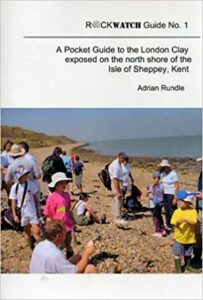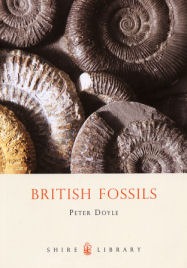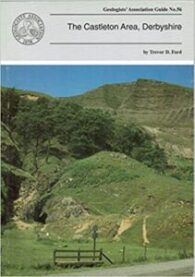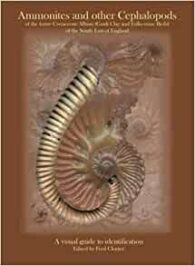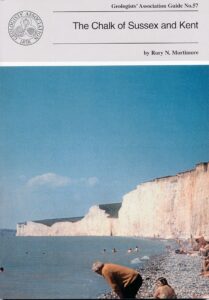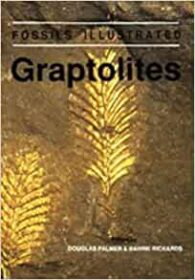There are only a few good books on the London Clay and its fossils, but this little guide from the Geologists’ Association is a good start for beginners, children and teenagers. Rockwatch, which published this guide, is the national geology club for young people, the junior club of the GA. Having said that, this guide does not dumb down the information it contains.
